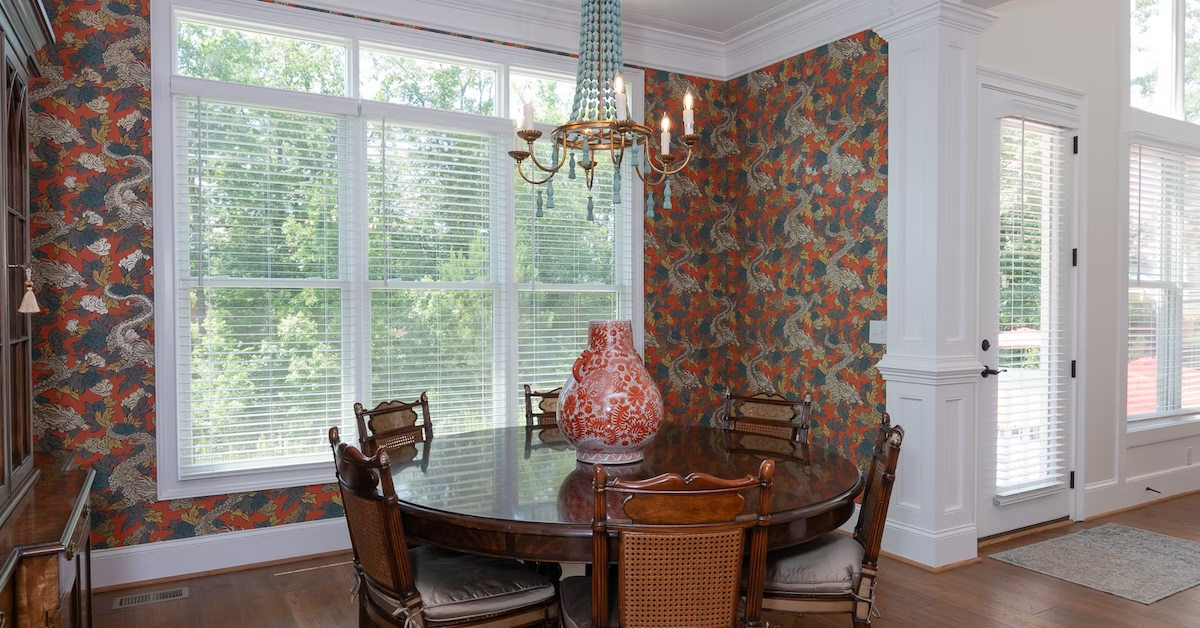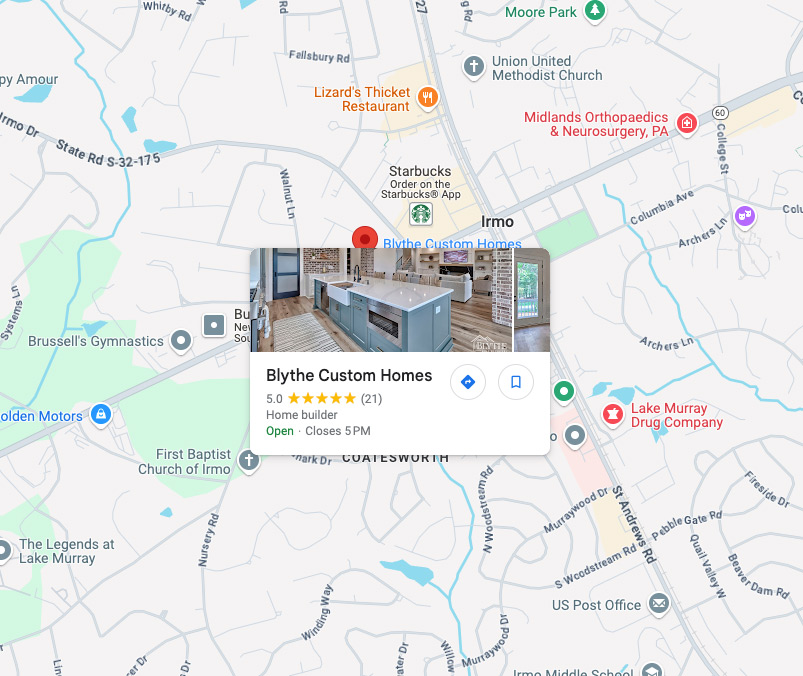When people build a new home sometimes they choose everything themselves and know just what they want. Other people prefer to hire an interior designer to make many of the decisions relating to the details of their home.
Why should you think about hiring a designer to help you with designing your dream home? Let’s take a look at the advantages you’ll gain if you decide to use an interior designer to see if this service would be a good fit for your family.
What is interior design?
The Merriam-Webster dictionary defines interior design as:
the art or practice of planning and supervising the design and execution of architectural interiors and their furnishings.
Interior design:
Defines purpose
Whether the space is large or small, it needs areas that are obviously set apart for certain functions. Furnishings, flooring, color, textures, and lighting can all help make it obvious what purpose each area in a room serves.
Maximizes use of space
A qualified designer can make a small space look and feel larger. They can also optimze storage space, layout, and furnishings so that the client receives as much storage and functionality as possible in the space they have.
Brings fresh inspiration
Designers can assemble groupings of fabric swatches, wallpaper samples, paint chips, lighting fixtures, flooring, and metal finishes to make the process easier for clients. This way, the client can simply choose from a group of pre-selected options that all match rather than having to choose each individual component themselves. This reduces a client’s stress level and produces more professional-looking results.
Helps choose materials
Designers also understand how different materials play off each other and which ones go well with others, as well as which ones may clash with others. Designers can help clients choose materials that will best suit the space and greatly reduce the amount of time and stress clients experience during the process.
Assists with special needs
Designers understand many special needs like accessibility, aging in place, universal design, etc”¦ They can help clients design the flow of their homes, the height of cabinets, the distance between counters and furnishings, and bathrooms to accommodate wheelchairs, walkers, and other accessibility issues.
“These interior design elements include space, line, forms, light, colour, texture and pattern; and keeping them balanced is the key to creating an aesthetically pleasing interior.”
An interior designer “communicates the purpose of a room.” (laurauinteriordesign.com) Interior designers usually have a bachelor’s degree from college.
What do interior designers do?
“Interior designers make indoor spaces functional, safe, and beautiful by determining space requirements and selecting essential and decorative items.” (“Interior Designers” by CollegeGrad.com)
Designers add incredible value to our living spaces that can lift our mood, transport us through space or time, and change the atmosphere of our homes. They know how to maximize the use of natural light. They also know how to make sure we make the best use of our space in practical ways and they can help ensure that we are good stewards of the earth’s resources and provide accessibility for everyone.
Designers address storage issues to minimize clutter. They also can address safety issues and accessibility for people of all ability levels as they design a space.
When we live in beautiful, well-lit, functional spaces, we have stronger immune systems, more peace, more happiness, and less stress.
Duties of Interior Designers
- Discover clients’ goals and the requirements for the job.
- Think about use of space and traffic flow.
- Sketch preliminary design plans.
- Determine what materials and furnishings to use.
- Order materials and supervise installation.
- Coordinate with architects, builders, and contractors.
There are many types of specialties for interior designers including those who work with universal design (improving accessibility), corporate, kitchen and bath, green/sustainable, and healthcare. Designers may specialize in home design, modern home design, office interior design, hospital design, or many other areas.
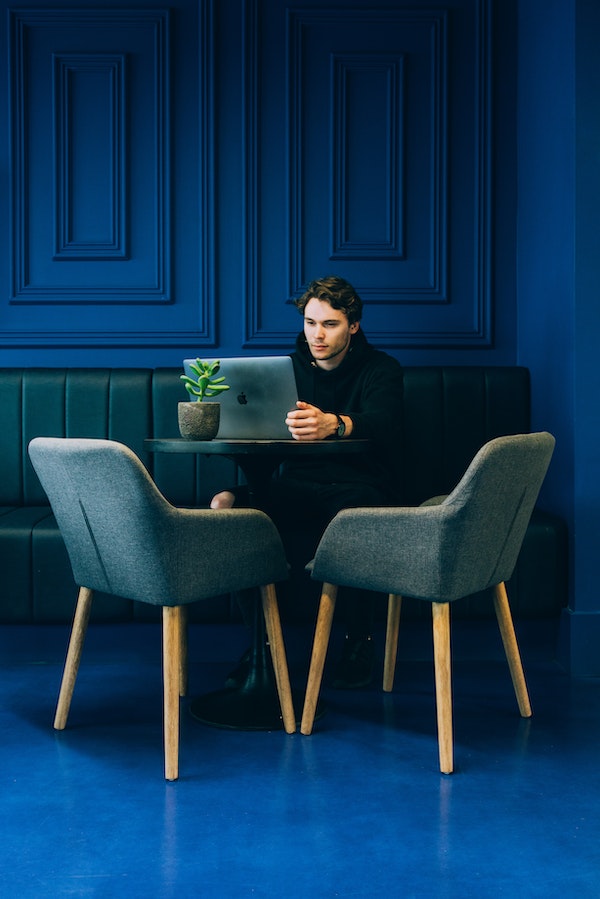
Interior design trends 2020
Some of the latest trends this year include things like:
Colors, Patterns, and Materials
- More color
- Wood on walls
- Bold colored and patterned tiles
- Indoor gardens
- Sustainability
- Sophisticated and European style
- Patterns
- Wallpapered ceilings
- Natural materials
- Mixing colors, materials, and different metals
- Marble with bold patterns
- Caning (light fixtures, furniture, and cabinet insets)
- Bold mono-chromatics
- Blending old and new
- Upholstered walls
Living Spaces
- Office spaces and study areas
- Home gyms/game rooms
- More rooms and more separation between rooms
- More storage spaces/less clutter
- Outdoor living spaces
Furniture, Technology, and Fixtures
- Built-in seating
- Hands-free fixtures
- Unique styles/authenticity/handmade items
- Smart technology
- Greater focus on wellness
Interior design styles for residential
Some of the most popular styles for homes today include:
- Contemporary interior design – clean lines, curving lines, and a variety of styles
- Modern interior design – clean lines, simple colors, and materials like glass and metal
- Industrial interior design – exposed brick, ducts, stainless steel, and wood
- Rustic interior design – unfinished wood, reclaimed wood, stone, and brick elements
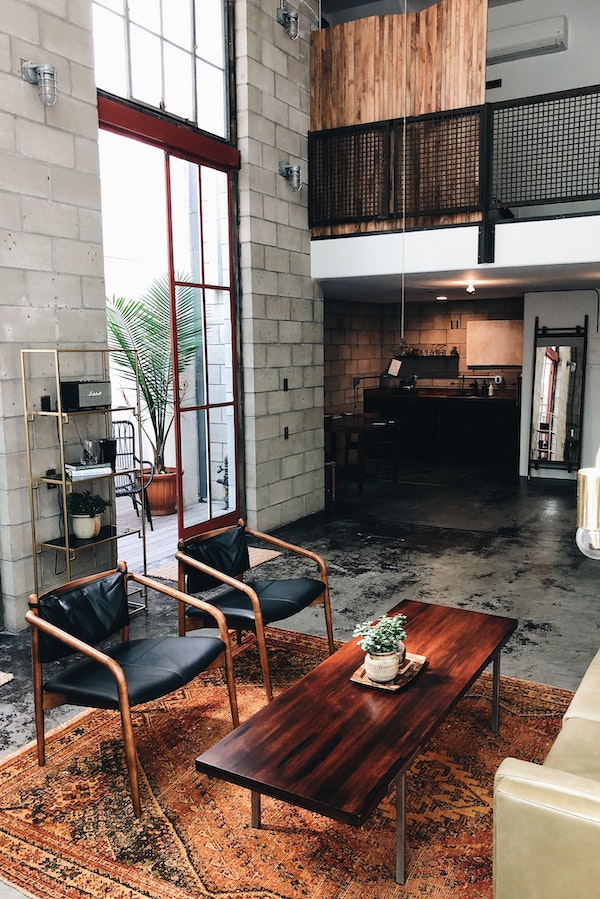
What are some benefits of using an interior designer?
Designers help you find the full potential of any space.
5 Benefits of using a trained designer include:
1. Avoid costly mistakes
An interior designer can make sure your project meets building codes and that electrical outlets are in the right places, as well as ensuring the job meets building codes. This can save you a lot of money in having to redo things or fix problems.
2. Avoid stress/save time
You can let your interior designer handle many of the individual decisions for you, if you prefer, which helps you have a lot more free time for things that matter most to you. If you don’t like making decisions on every light fixture, faucet, and cabinet pull in your new custom home, finding the right designer can be a gold mine of peace for you.
3. Find something you will love for a long time
A good designer can help you avoid things that are merely trendy in favor of styles that have longevity and lasting value. They also know how to help you design a home that will be beautiful and functional for you now and far into the future. They can even help with things like designing a home for multi-generational living.
4. Provide professional help in the design process
Your designer can help create focal points for each room and knows how to tie all of the elements in a room (and an entire home) together to create very professional looking results that fit your sense of style. Designers understand the importance of color, dynamic lines, horizontal lines, vertical lines, and negative space. They think about aesthetics and the psychological impact of various materials, colors, and shapes. Their experience and knowledge adds a wealth of assistance to you and takes a lot of the burden off of your shoulders to make the home look welcoming and glorious. They also know how to help you make the most use of the space you have.
5. Achieve stunning results that increase the value of your home
You can design a gorgeous home for yourself on your own. Especially if you know exactly what you want. But there is often a huge difference in a home where a professional designer has been involved.
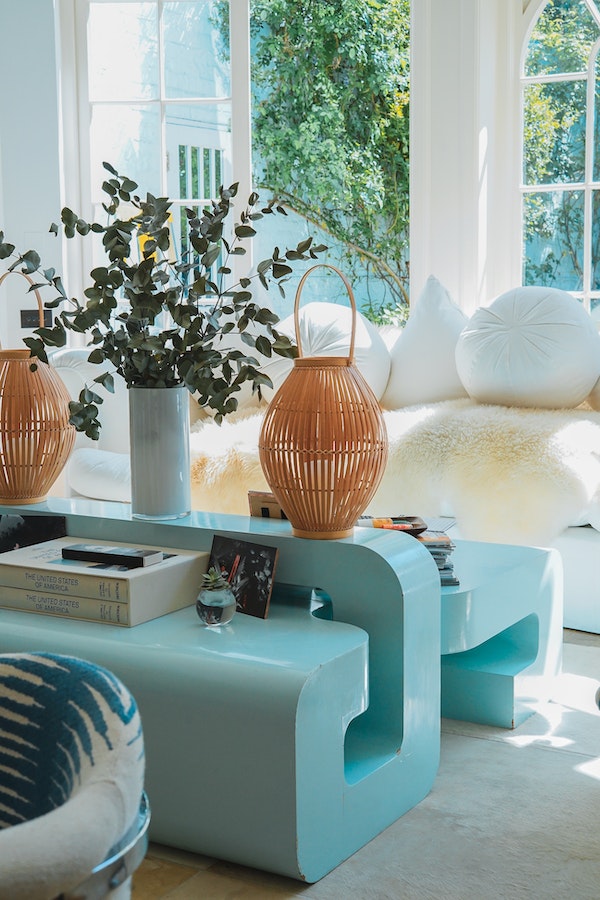
How much does an interior designer cost?
The cost depends on the designer’s reputation, how large the project is, the software the designer uses, the time frame, and how complicated the job is. In South Carolina, the average cost is $3212 according to Homeadvisor.
It may be helpful to think about the cost of a residential interior designer in terms of (from Homeadvisor):
- Hourly rate = $50-200
- Per square foot = $5-15
- Consultation = $150-300 (1-2 hours)
- Per room = $200-$2000
- Markup on materials = 10%-40%
- Freelance designers = $2,000-$11,300
These numbers do not include shopping, materials, or installation.
Related Posts
Building a Custom Home So You Can Age in Place
Designing a Dream Kitchen for Your New Custom Home
Planning for Enough Storage Space in Your Home
11 Ways to Create Defined Spaces in Your Home
Designing a Multi-Generational Custom Home
How Can You Maximize Natural Light in a Custom-Built Home?
RESOURCES
American Society of Interior Designers
14 Most Popular Interior Design Styles Explained by Rochele Decorating
Why Interior Design Is Essential When Listing Your Home by freshome.com

